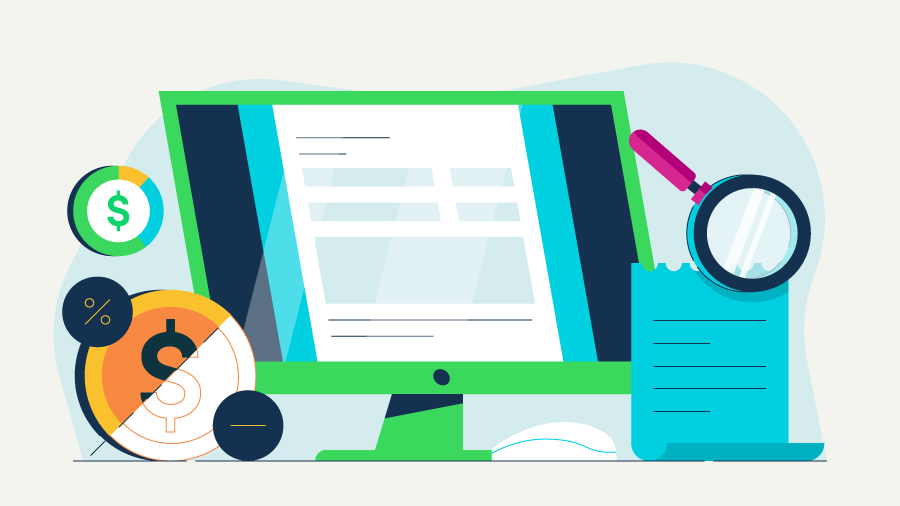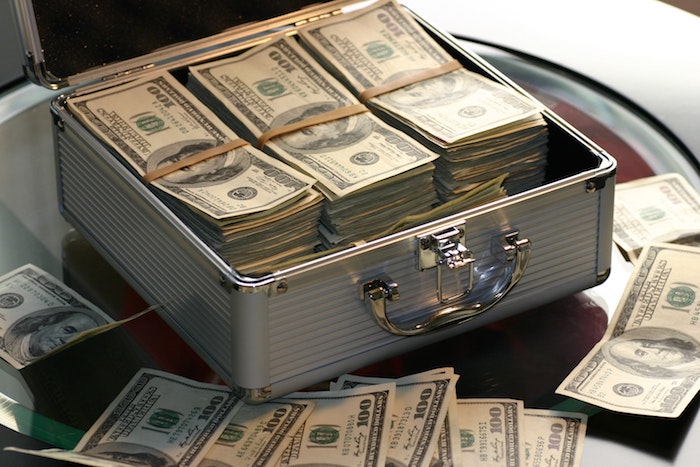The days when cash flows into my business bank account are days that I breathe easier. Sure, the money will go back out for payroll and to pay bills, but I hear a little “cha-ching” when I look at those deposits. Don’t all small business owners want to breathe easier? The more days we can feel like that, the better. So, it’s time to rock your cash flow. Here are 5 ways to get paid faster in 2017:
#1: Require retainers and prepayments. Be bold. Make it your business policy to get paid upfront. If you are a service business, sell blocks of time. Clients must pay in advance of services delivered. Follow the lead of car rental companies and vacation services. To boost this idea, consider offering discounts, or priority service, for customers who prepay. Once you set your policy, there is no need to be aggressive to collect payment; simply state your policy. If you need to warm up to the idea, realize that you can leave room for flexibility. Perhaps, your policy starts with a block of 10 hours prepaid. If your customer isn’t willing to prepay for 10 hours, you have room to negotiate a smaller block of prepaid time.
#2: Collect immediately at time of service or delivery. You’ve delivered your product or completed service. Before you leave, ask your client or customer for payment. If you are hesitant to make #1 a company policy, then make immediate collection a policy. Be sure to let customers know in advance. It took me a bit of practice to ask for payment. Surprisingly, when I inform clients of my policy in advance, at the end of a consultation they often have their checkbook out before I ask. To boost this idea, use a credit card reader. Many of our clients use QuickBooks® GoPayment, Square or PayPal to collect on mobile devices. Who knew that boatloads of funds could flow through a little device not much bigger than your thumbnail?
#3: Send invoices electronically. Know your customers and know whether email or snail mail is the best way to bill them. Stop the snail mail, where possible. Send invoices that have clear, relevant details. Spotlight the total amount due, the due date, and the name and address to remit to. When clients don’t have questions about invoices, they will approve and pay them quickly. Boost this idea: Switch to fixed or flat fee billing. When your agreements are based on a flat monthly fee, you can automate invoicing, further speeding payments.
#4: Encourage customers to pay by electronic transfer. Invite customers to join payment networks that link to your business, such as QuickBooks Payment Network or the Bill.com Payment Network. These are less costly for you than credit card payments and their associated fees. Give your customers the opportunity to learn how easy electronic transfer is. It saves time, speeds collection and is convenient – customers can pay anytime, anywhere. Add the payment links to your electronic invoices and you’ve made things easy.
#5: Follow up. Confirm that your customer has received your invoice. Check with the customer within 48 hours after emailing invoices (or within 4 business days if you mail invoices). Avoid making your first follow-up call later; late follow up contributes to payment delays. Create a thorough procedure to regularly review receivables and make collection efforts. Assign collections to someone on your team who is conscientious and can maintain a good rapport with your customers.
I’m pleased to say that I walk the talk for my business. I follow the above steps after many years of trial and error and practice. We implemented our procedures with input from some unexpected sources. One client requested electronic payment when it was first coming of age, and we were hooked after that. Similarly, one of my students, herself an entrepreneur, would call her customers before she invoiced to be sure they were happy with her service and wouldn’t dispute anything on the invoice. For our service business, our magic formula has been fixed fee billing, electronic invoicing and electronic payment. We send out invoices and clients pay within one to 24 hours. Swift, sweet, $$$. Here’s to 2017 – and hoping that you will rock your cash flow.
Sidebar:
What is Cash Conversion Period? Cash Conversion Period is the length of time it takes from selling your products or services to collecting on the sale.
You will minimize the cash conversion period if you streamline:
- The customer’s ordering procedure
- Credit decisions – Evaluate customers based on creditworthiness and the current or expected sales relationship.
- Fulfillment, shipping and handling – The faster you produce and deliver, the sooner you’ll get paid.
- Billing the customer – Invoice quickly. Be sure you know your customer’s payment policies. Provide all the information they require, such as purchase order number and the correct Accounts Payable contact).
- Collection period
- Payment and deposit of fund – Remember to deposit checks quickly. Use electronic payment methods.










